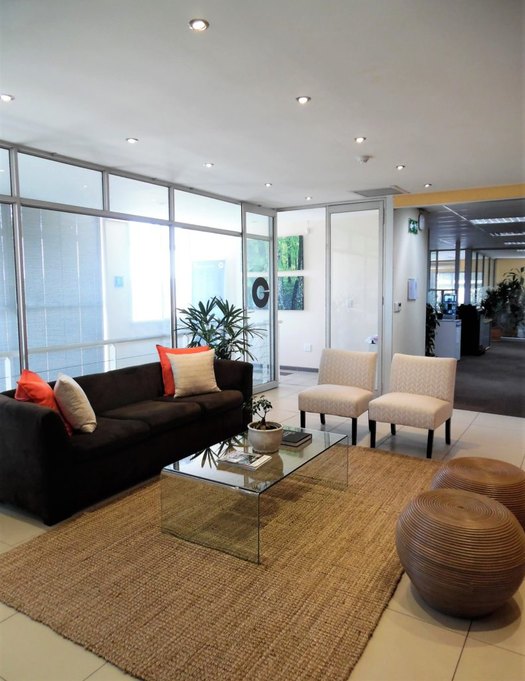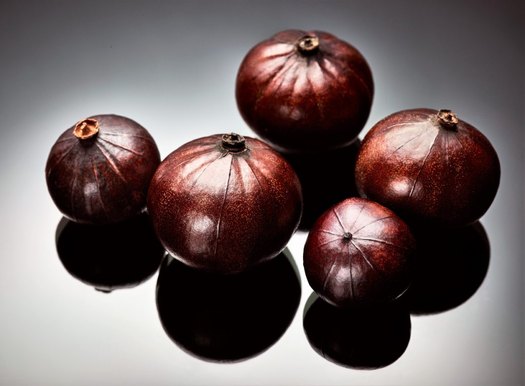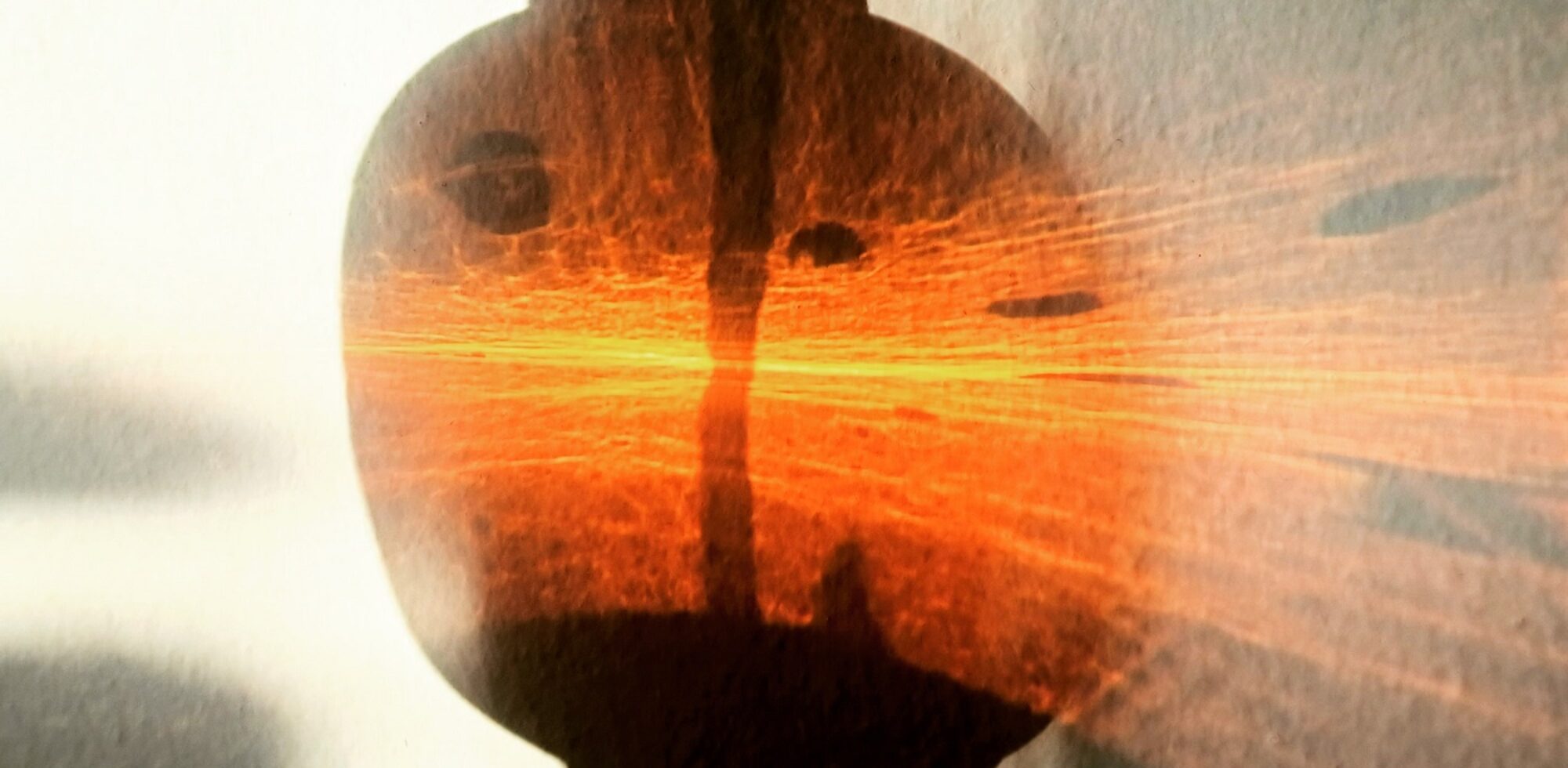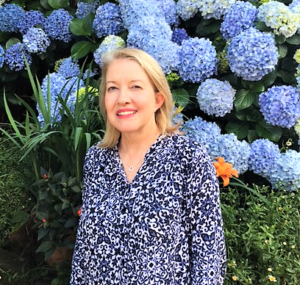As much as I love smelling perfumes for their beauty, I also want to know what goes on behind the scenes in the complex creation of a fragrance. Lydia von Wielligh-Steyn is a key account manager at Swiss fragrance and flavour giant Givaudan’s Johannesburg office.
“Lydia von Wielligh-Steyn has been with the company for 20 years, so her knowledge of the fragrance industry is vast and impressive.”
She has been with the company for 20 years, so her knowledge of the fragrance industry is vast and impressive. Lydia von Wielligh-Steyn very generously gave me almost two hours of her time to tell me about her work and the company. She also introduced me to the Road Stories Cape Town project. Up-and-coming American perfumer Linda Song spent over a week in Cape Town exploring the region’s unique flora for a collection of 12 wonderful accords. You can read my interview with Linda Song here.

FRAGRANCE HUNTER: Lydia von Wielligh-Steyn introduced me to perfumer Linda Song’s contribution to Givaudan’s Road Stories project.
What does your role at Givaudan entail?
I am an account manager, responsible for handling South African and Malagasy accounts. Our office is based in Johannesburg and we work with clients across the whole Sub-Saharan African region.
How long have you been with the company?
This will be my 20th year. Time truly flies!

ADDICTIVE: Lydia von Wielligh-Steyn says: “Fragrances are like an addiction – once you become interested in the topic, there is no turning back.”
What is the attraction working for Givaudan?
Givaudan is the number one role-player in the global fragrance and flavour industry. I am surrounded by people who are passionate about what they do. Fragrances are like an addiction – once you become interested in the topic, there is no turning back.
Is your role very creative?
On the commercial side we are responsible for liaising with our clients and handling projects they may have. I enter these briefs into our global system and then act as intermediary with our evaluators, who in turn task perfumers to create fragrances according to the requirements of the client brief. I then evaluate these submissions to make sure that they answer the client’s requirements (eg, a fine fragrance for a young target market, a hygiene soap range, etc).
Creativity is required in order to ensure that we deliver the best possible fragrances and that we really go out of our way to assist our clients. Sometimes we have to rework fragrances a couple of times to achieve the right result. So maybe perseverance is a more important attribute in this position than creativity!
“Sometimes we have to rework fragrances a couple of times to achieve the right result. So maybe perseverance is a more important attribute in this position than creativity!”

WELL OILED: The LCMS lab where fragrance oils are prepared by staff based on the formulae they receive on the internal system from Givaudan’s perfumers worldwide.
How does the evaluation process work? And what is your role in that process?
The evaluator is a technically (highly) trained person who handles the client brief, once entered into the system. This individual needs a great nose, loads of olfactory experience and the ability to reach out to perfumers and reconcile their offerings with what the commercial team wants.
Your job entails a fair amount of travel? Any favourite place so far?
I guess it will remain Paris, as this city has been the non-official capital of the fragrance industry since the 17th century. However, in this job you have to be at ease in European surroundings, as well as in bustling African cities.
How does Givaudan South Africa contribute to the business, particularly fine fragrances?
Our fine fragrance headquarters are based in Paris, France. The South African office works closely with the Dubai and Paris teams to create fine fragrances for our local market. Something few people outside the industry realise is that the same perfumers who create fragrances for the famous premium and niche brands also work on mass market fragrances for countries like South Africa.
The creation of a perfume iS a complicated process. Please share some details with us on that.
Perfumers have a very long road to travel before becoming fully fledged “noses” or perfumers. Before, the world’s perfumery hub was based in the town of Grasse in France and it was a bit of a family tradition to work in the perfumery business. However, nowawdays, thanks to the Internet, our perfumers come from all over the world and have different backgrounds and interests, ranging from philosophy to architecture. A solid chemistry training is still a prerequisite, combined with an artistic ability. Creating fragrances is a real art.
“Perfumers have to be pragmatic, working within the pricing parameters of a client brief and making sure that all requirements are met.”
Having said that, perfumers have to be pragmatic, working within the pricing parameters of a client brief and making sure that all requirements are met. Some fragrances can be quite simple, while others can contain up to 100 ingredients. Creating a fragrance is a complex process and in our current context of high raw material prices and/or shortages, also a real challenge. The perfumer has to skilfully blend ingredients in such a way that there is a fresh hook in the fragrance, followed by the heart or signature of the fragrance and the dry down notes (amber, woods, or musks that ensure longevity). All of this has to provide a coherent, rounded effect.

BUSINESS AS USUAL: Givaudan will probably celebrate its 250th year in the biz with low-key celebrations, says Lydia von Wielligh-Steyn.
How is Givaudan celebrating its 250th year in business?
We are used to working incognito and will probably not have huge celebrations. Despite being 250 years old, most people outside the fragrance industry have never heard of us. We basically work behind the scenes, doing our best to assist our clients to make their brands perform well.
Please tell us about the Road Stories Cape Town Project. Why is this so important to Givaudan?
Sub-Saharan Africa is often neglected when it comes to raw ingredients for use in perfumery. Apart from rooibos, tagete (good old kakiebos) and buchu, none of our other fascinating ingredients are known or appreciated. Linda Song’s 12 beautiful accords, inspired by her visit to the Western Cape, are absolutely exquisite. Her collection shows that we have a lot to be proud of.

RAW INGREDIENTS: Perfumer Linda Song created a Mona lavender fragrance accord after exploring the species that’s unique to South Africa.
I was very impressed by the Linda Song fragrances you shared with me. What can we do to promote an appreciation of our own ingredients?
For some reason, South Africans do not always appreciate local ingredients. They are not perceived to be aspirational. This is a real pity, as overseas they are often sought-after ingredients and feature in high-end products. Hugo Boss uses the maninka fruit in some of its fragrances – what a shame that most of us have never heard of this fruit!

SOUGHT AFTER: Hugo Boss uses the maninka fruit from South Africa in its Boss The Scent fragrance range, according to Lydia von Wielligh-Steyn.
There is a tremendous growth and interest in local design and fashion in this country. Maybe it is time that we also start rediscovering the fascinating botanical world that surrounds us. The precious knowledge of the medicinal and other uses of local plants is becoming extinct. It should concern all of us that such an important part of our heritage is vanishing.



















